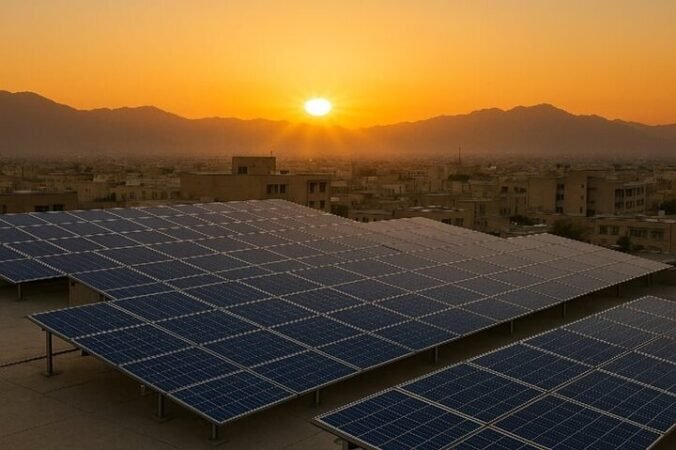In Short : The first four months of the Iranian year, which began on March 20, saw a staggering 71% growth in solar electricity output, according to Iran’s Renewable Energy and Energy Efficiency Organization (SATBA). This leap demonstrates the nation’s rapid decarbonization, clean energy, and overall energy transition.
Measures of Growth and Capacity Expansion
While wind power increased somewhat from 413 million kWh to 432 million kWh, solar power generation increased dramatically from 357 million kWh to 610 million kWh.
Iran’s installed capacity for renewable energy has increased by 636 MW to 1,868 MW from 1,232 MW a year ago.
SATBA predicts that by the end of the year, renewable energy sources will account for more than 5% of the country’s total power generation, which presently stands at 1.9%.
In an effort to encourage private sector involvement, recent actions have included modified feed-in tariffs, new agreements for utility-scale solar farms, and hybrid solar-storage systems.
Implications for Clean Energy and Climate Action
This increase highlights how solar farms, photovoltaic (PV) installations, and renewable energy systems are becoming more and more significant in Iran’s energy policy.
The expansion is a calculated move toward lowering dependency on fossil fuels, achieving net zero emissions, and combating climate change.
With the creation of clean tech jobs and chances for skill development in fields like solar project construction, operations, and system integration, these advancements hold promise for bolstering the green economy.

The Significance of It
An important turning point in Iran’s energy transformation process is marked by the country’s exponential increase in solar power output. It is establishing the groundwork for climate resiliency, industrial transformation, and sustainable energy independence by adopting renewable energy infrastructure. These initiatives also strengthen the nation’s capacity to promote workforce development for renewable energy and combine environmental objectives with economic revival.
According to SATBA Head Mohsen Tarztalab, wind power generation climbed from 413 million to 432 million kilowatt-hours, while solar output increased from 357 million to 610 million kilowatt-hours.
With 636 megawatts of new plants added in the last 12 months, Iran’s installed renewable capacity has increased to 1,868 megawatts from 1,232 megawatts in late July of last year. Currently, renewable energy sources generate 1.9% of the nation’s total electricity.




